



Xenocracy and cultural interdependence in hellenistic Greece and Egypt
Period 1 (3rd century BCE – 4th century CE)


Late Roman administration and cultural interdependence in the Egyptian Dachla Oasis
Period 1 (3rd century BCE - 4th century CE)
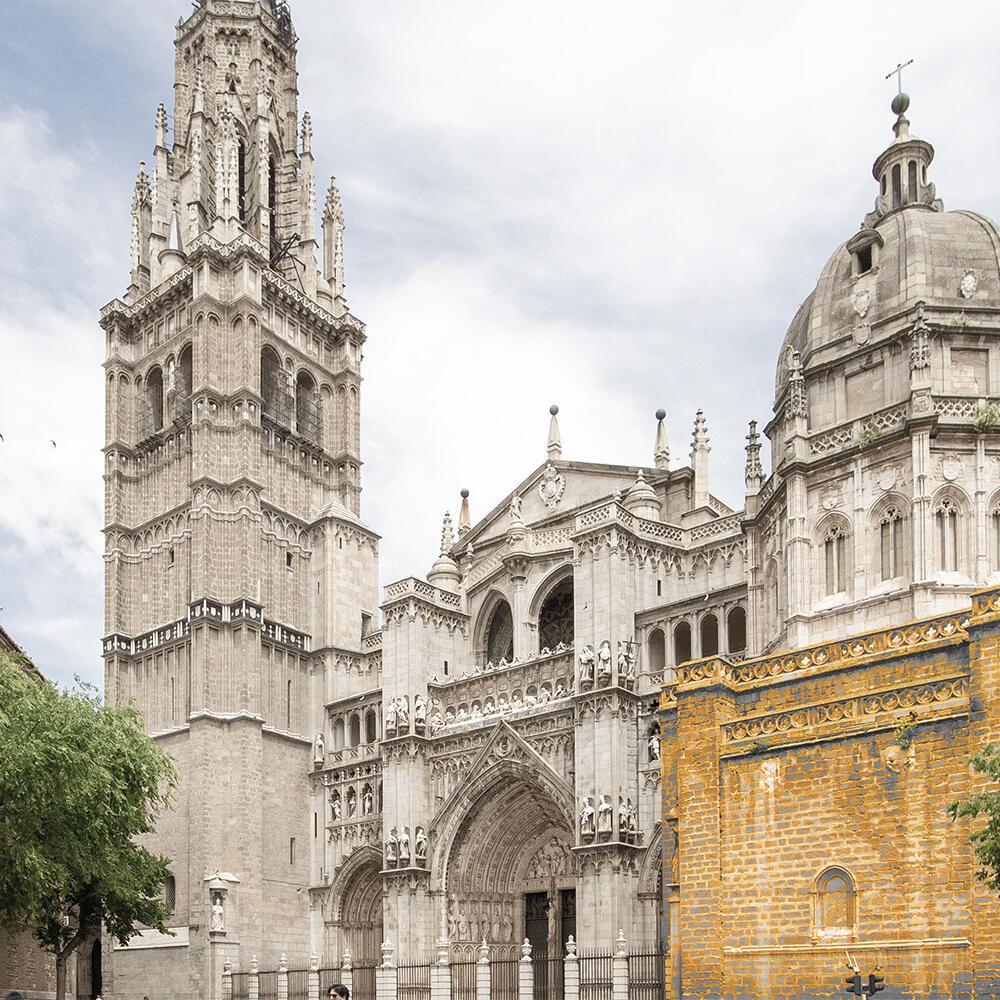
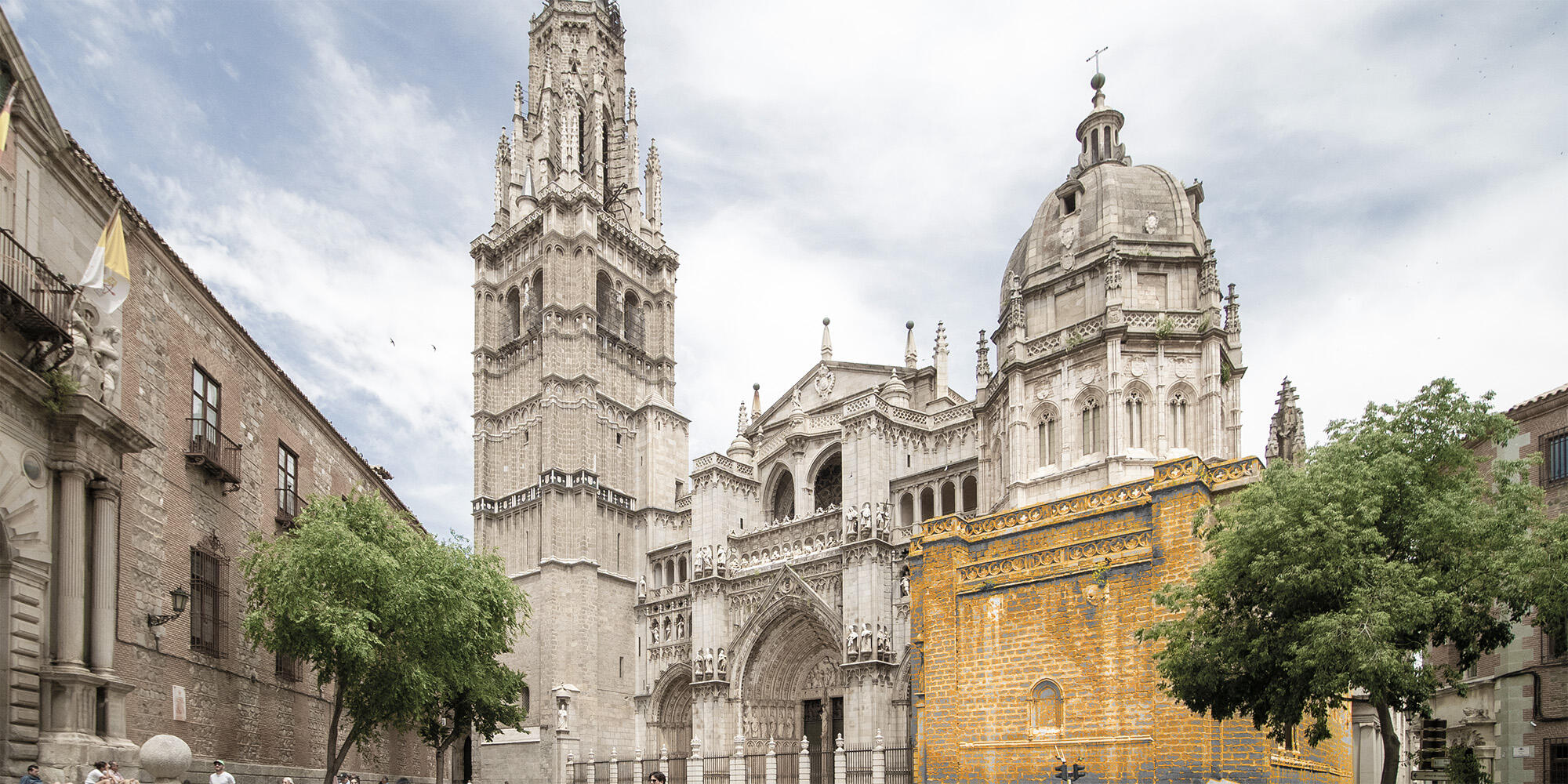
The Mozarabs of Toledo as actors between imperial kingship, the Roman church and autochthonous Christian tradition (11th-14th century)
Period 2 (5th-15th century)
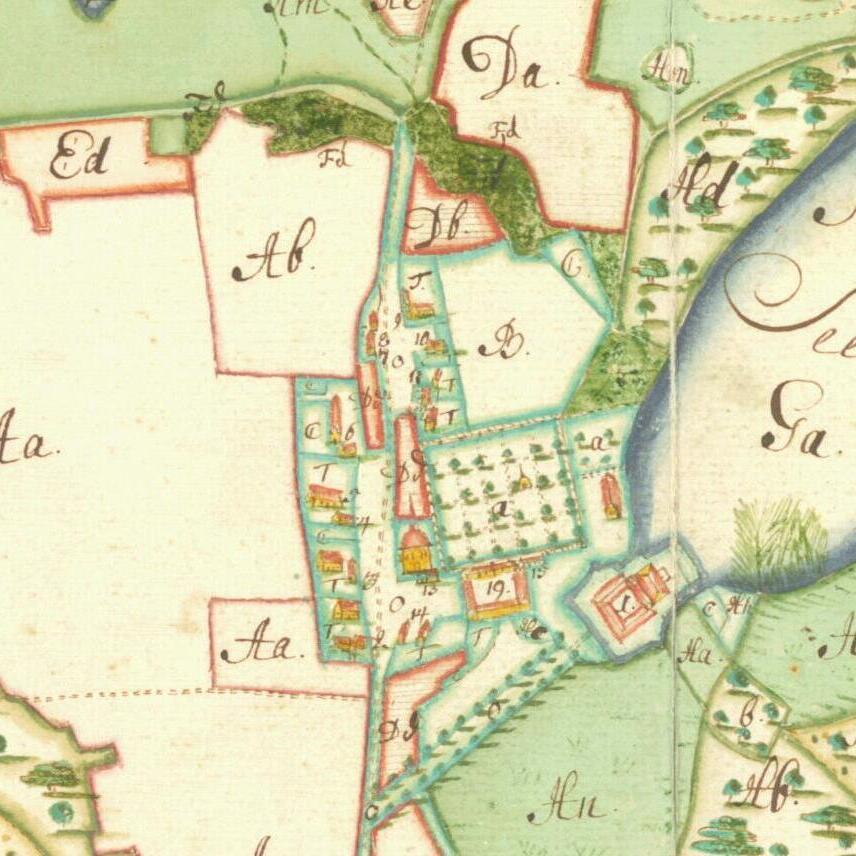
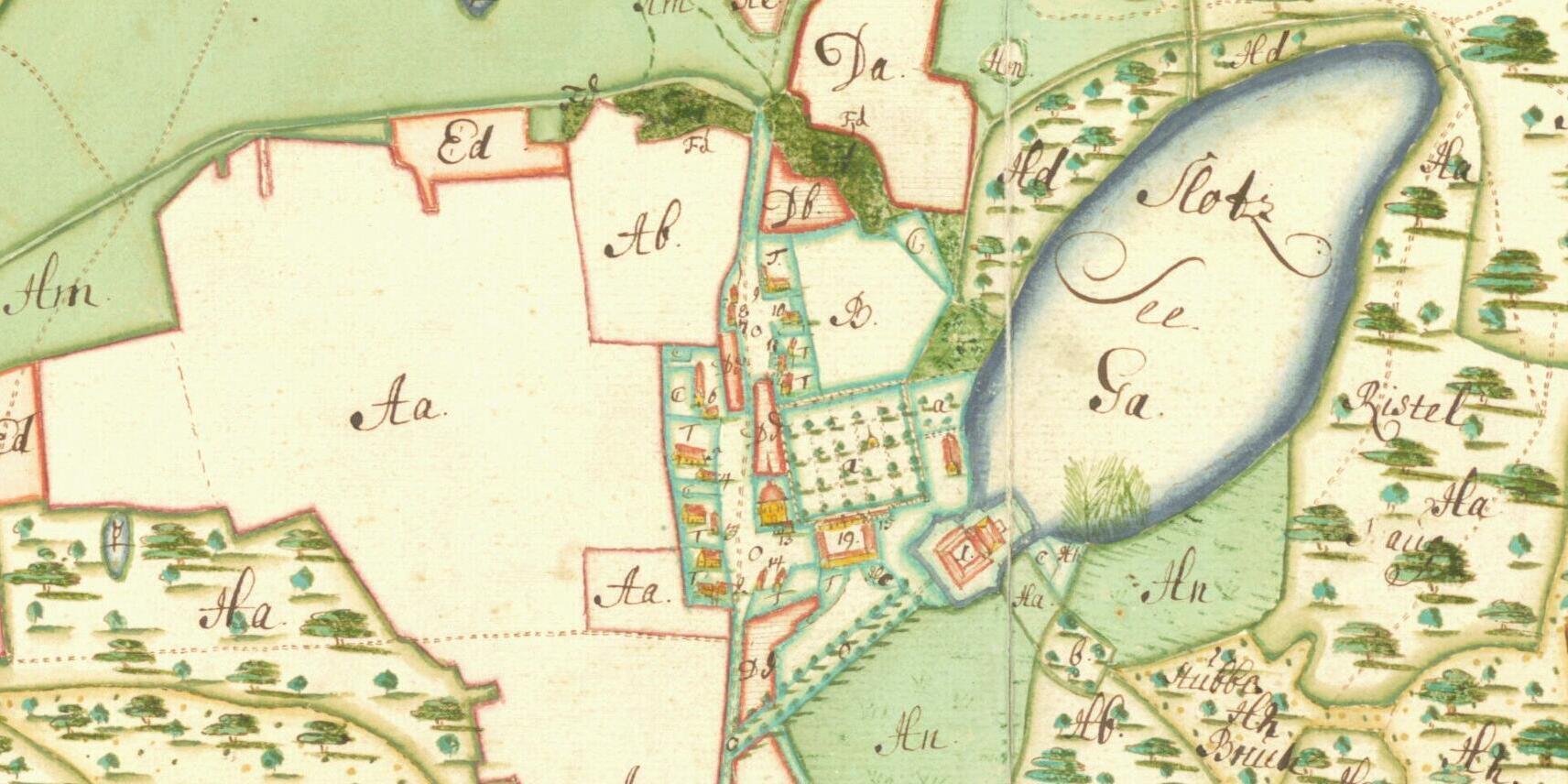
Familiar strangers. Xenocratic administration in Swedish Pomerania
Period 3 (16th-18th century)

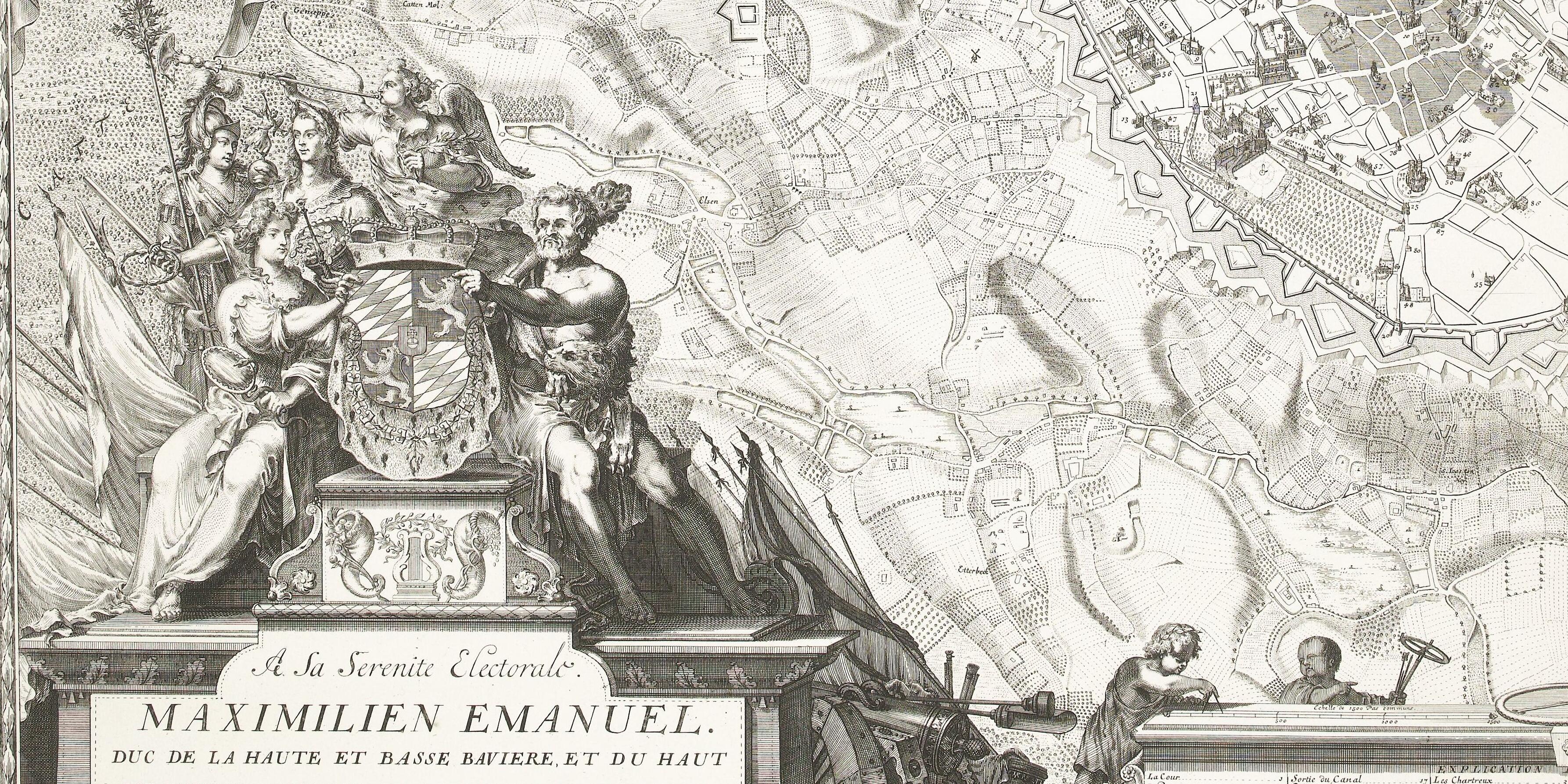
“Manifesting foreign rule: Xenocratic administration and its spatial-visual presence in the Southern Netherlands in the 17th and 18th centuries”
Period 3 (16th-18th century)


Colonial rule on site: the district administration of indigenous regions in New Spain and Peru in the 18th century
Period 3 (16th-18th century)
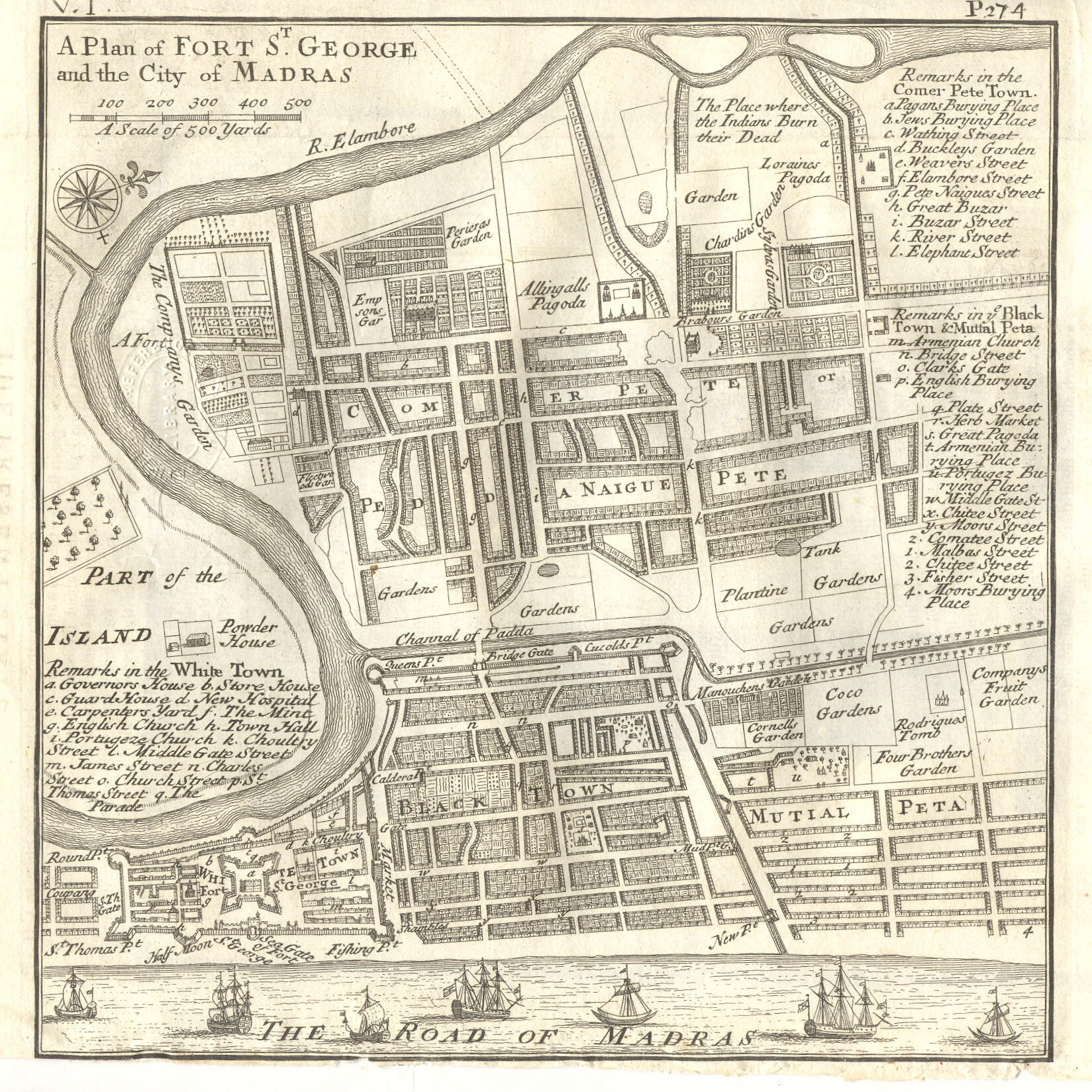

Urban xenocracy as interactive statebuilding: Madras 1639-1746
Period 3 (16th-18th century)

